Qutub Minar, New Delhi
kjohri | Apr 04, 2010 | Comments 1
Qutub Minar, also written as Qutb Minar or Qutab Minar, was built during the years 1193-1386. The Qutub Complex, which has the Qutub Minar and other monuments of the same era, is a UNESCO World Heritage Site. Qutub Minar is a very popular tourist destination in New Delhi. Qutub Minar is 72.5 meters tall, with 239 steps leading to the top. The base diameter is 14.3 meters and the top floor diameter is 2.75 meters. Qutub Minar is the world's tallest minaret.
HISTORY
When we look at Qutub Minar, and the other monuments near it, we are looking at history between the twelfth and fourteenth centuries. Qutb-ud-din Aybak was the governor of northern India from year 1193 and, later, the ruler from 1206-1210. The construction of Qutub Minar started in the year 1193. During Qutb-ud-din’s lifetime, the base of the Minar was completed. Qutb-ud-din’s son-in-law, Shams-ud-din Iltutmish, became the ruler of Delhi in 1211. Iltutmish ruled from 1211 to 1236. During his reign, three stories were added to the Qutub Minar. Iltutmish died in the year 1236 and appointed his daughter Razia Sultan as his successor. But a woman ruler was not acceptable to the nobles and there a period of instability and power struggle in which Razia and others lost their lives. Finally, Ghiyas ud din Balban, became the ruler of Delhi in the year 1266 and ruled till his death in 1287. After his death, there was again instability till Jalal-ud-Din Firuz Khilji became the ruler from 1290-1296. Jalal-ud-Din Firuz Khilji was succeeded by his nephew, Ala-ud-din Khilji. Ala-ud-din Khilji, ruled during the years 1296-1316.
Ghiyath al-Din Tughluq became the ruler of Delhi in the year 1320. He founded the third city of Delhi, Tughluqabad. Ghiyath al-Din Tughluq ruled till the year 1325 and was succeeded by his son Muhammad bin Tughluq. Muhammad bin Tughluq ruled from 1325 to 1351. Muhammad bin Tughluq was succeeded by his cousin, Firuz Shah Tughlaq, who ruled from 1351-1388. Firuz Shah Tughlaq constructed the fifth and the last story of Qutub Minar in the year 1386.
Historians have speculated about the purpose of Qutub Minar. Some believe it to be a tower signifying victory in battlefield. Others, think of it as a tower of defense. It is also believed to be a tower for calling people for prayer. Also, the opinion is divided regarding the source of the name of the tower. Some believe it to have been named in honor of the ruler Qutb-ud-din Aibak, while others think that the tower has been named after the saint, Qutbuddin Bakhtiar Kaki, who was held in high esteem by Iltutmish.
Quwwat-ul-Islam Mosque
Quwwat-ul-Islam Mosque was built during 1193-97 by Qutb-ud-din Aybak. The mosque has a rectangular court enclosed by cloisters with carved columns taken from twenty seven Hindu and Jain temples. The lofty arches in front of the prayer hall impart a majestic look to the monument.
Iron Pillar
Just near the main arch, there is the Iron Pillar, famously known as the Iron Pillar of Delhi. The pillar is 7.21 meters high, weighs about six tonnes and is 98% pure wrought iron. The iron pillar may be one of the oldest edifice that one can see. It is said to have been made during the reign of Chandragupta II Vikramaditya (375–413). Some authorities date it as old as 912BCE. The iron pillar has been a subject of study of many archaeologists and metallurgists to find out how it has been able to withstand corrosion even after being kept in open air for more than 1600 years.
There is an inscription on the iron pillar in Brahmi script which says that the tower was set up as a mark of lofty standard of divine Lord Vishnu
. The inscription praises the warrior named Chandra, which is interpreted as the praise of Gupta King Chandragupta II Vikramaditya (375-413). It is believed that if one stood which back against the pillar and the hands meeting behind it and made a wish, the wish would get fulfilled. But the authorities felt that it was more important to preserve the heritage and save the pillar from the sweat of visitors and so a fence was erected around it in 1997.
Alai Darwaza
Alai Darwaza was built by Ala-ud-din Khilji in the year 1311. It was meant to be a gateway to the Quwwat-ul-Islam Mosque from the southern side. Alai Darwaza is a square hall about 17.2 meters side and the dome reaches to a height of about 14.3 meters. The salient points are a wide but shallow dome on an octagonal base, horseshoe-shaped arches, with lotus-bud fringes adding to the beauty of arches. The gateway is decorated with carvings of geometric patterns and calligraphy on white marble bands. As the monument is quite high, there is cool air inside and sitting there for some time can be a very soothing experience.
Imam Zamim's Tomb
Imam Muhammad Ali or Imam Zamim came to Delhi from Turkestan during the reign of Sikandar Lodhi (1489-1517). He built the mausoleum during his lifetime. Imam Zamim died in the year 1539. The tomb has perforated screens on the sides. The dome is made of sandstone and covered with plaster.
LANDSCAPE
There are large open spaces in the Qutub Complex and walking on the lawns is a pleasant experience. The ground is uneven and there are ups and downs on the walking trail. As you go round the walking trail you can see the monuments from varying distances and heights and, in the process, see some delightful sights.
In the open ground, a bougainvillea plant stands all by itself. These bougainvillea plants are amazing. They do not require much of nurturing and can grow even when you do not water the plant on a daily basis. Still the flowers are colorful and bougainvilleas can make any garden look good.
Alauddin Khilji's Tomb
Ala-ud-din Khilji was the ruler of Khilji dynasty in Delhi during the years 1296-1316. Ala-ud-din Khilji was a powerful ruler who won many battles during his reign. He made many monuments during his lifetime. He made Alai Darwaza, enlarged the size of Quwwat-ul-Islam Mosque, started the Alai Minar, which he had planned to be double the size of Qutub Minar and also made the Madarsa, or College, which is just behind his tomb. The tomb was made in 1316, after his death.
Iltutmish's Tomb
Iltutmish built the tomb himself in 1235, a year before his death. The gate is heavily decorated with carvings. Inside, there are very rich decorations. There is a prayer niche on the west wall, decorated with marble and with beautiful designs and patterns.
Comments (1)
Leave a Reply | Trackback URL
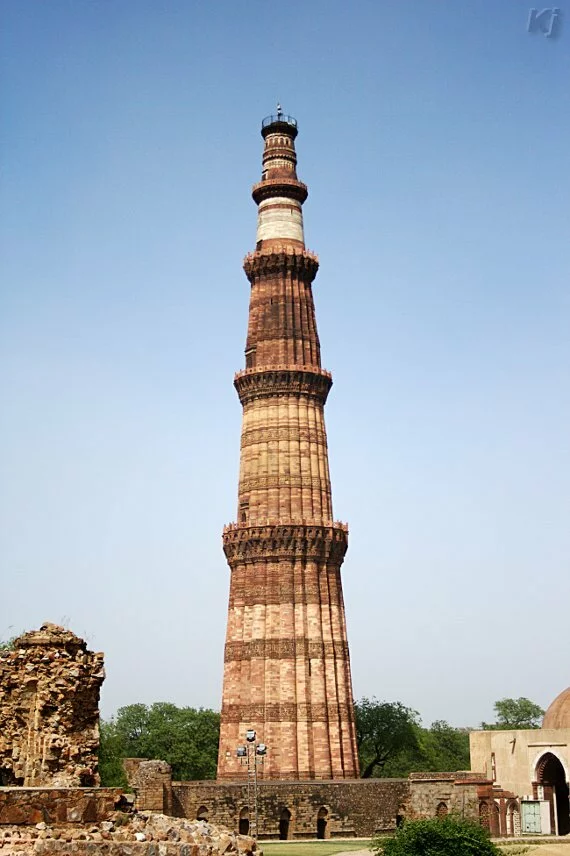
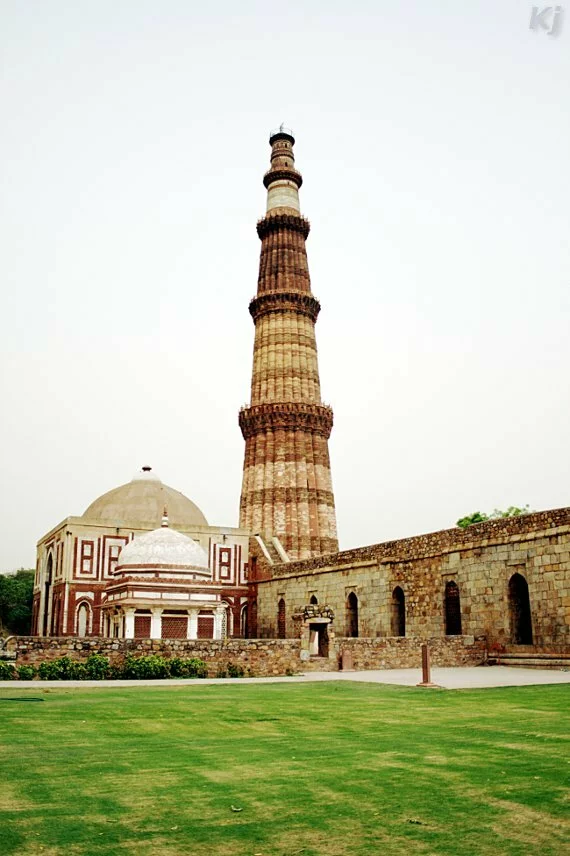
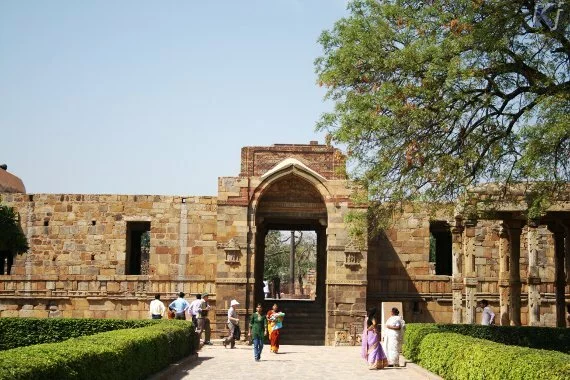

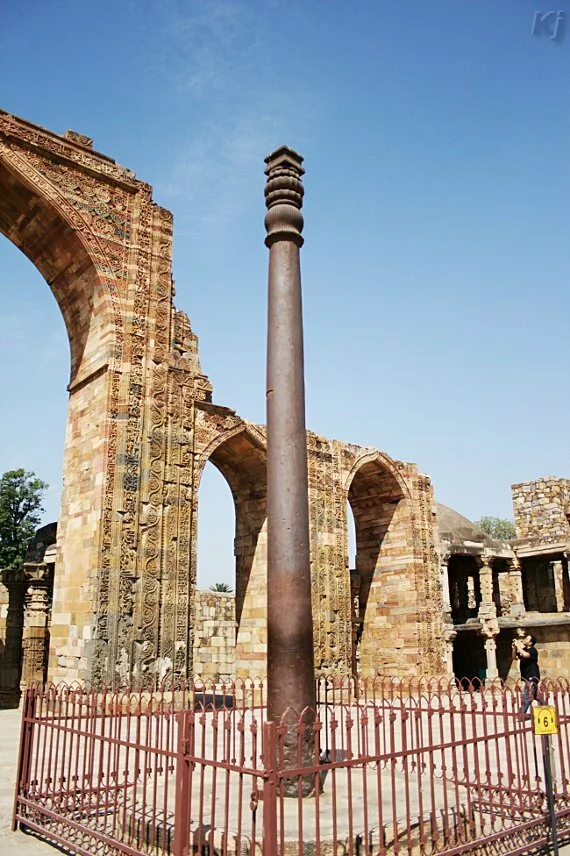
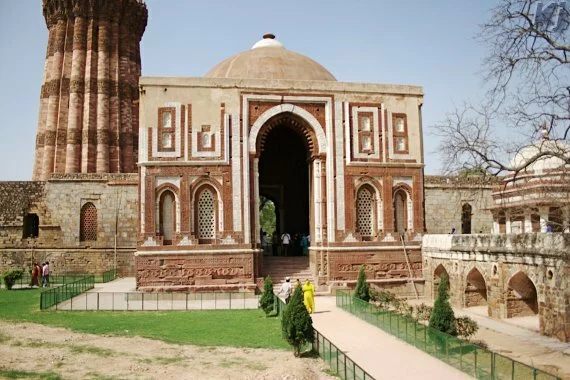
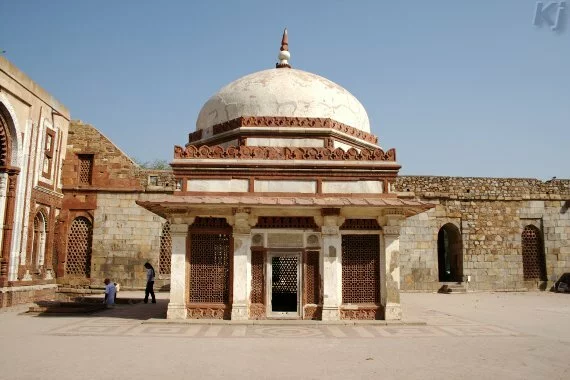
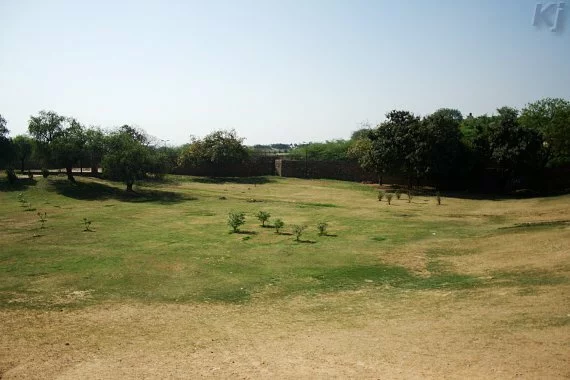
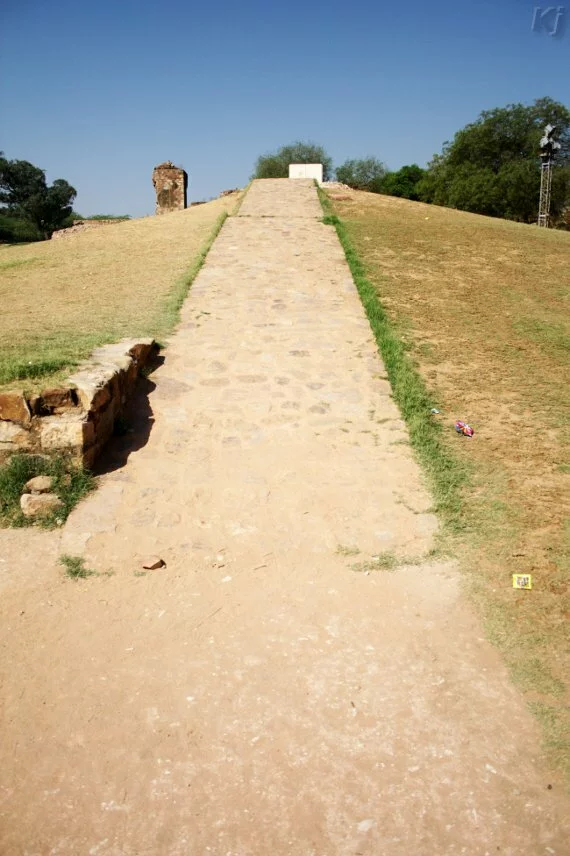
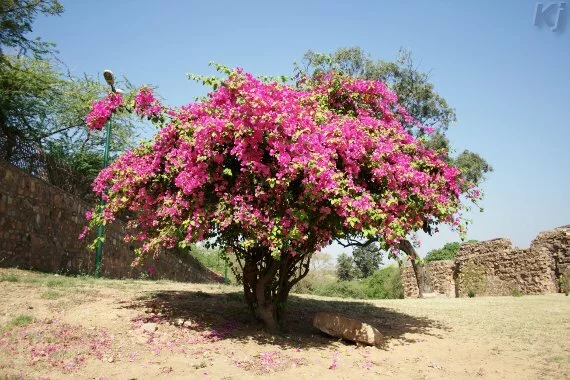
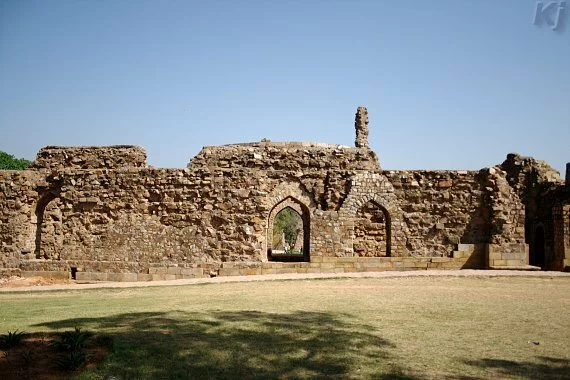
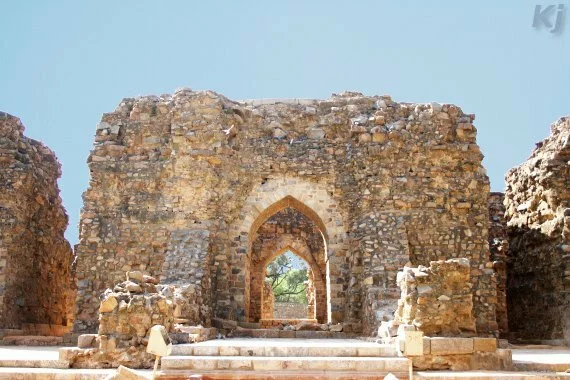
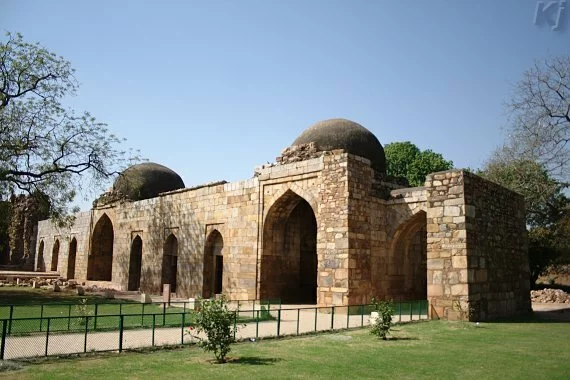
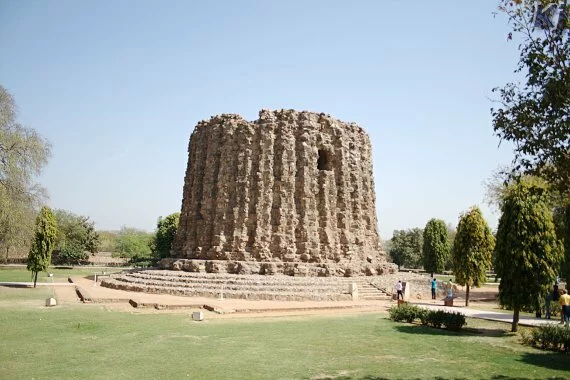
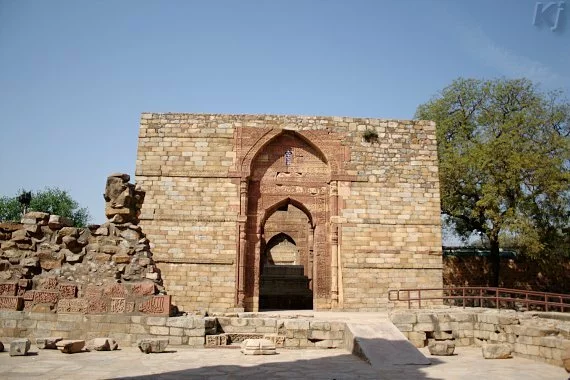


Hi,
Brilliant article explaining how Qutub Minar is considered to be one of its kind in India. This is a must see visit places.
Well, this blog explains it all. However, if you are interested to know more about Qutub Minar architecture and its attractions, please go through the link provided below.
http://www.ijaunt.com/delhi/qutub-minar
Regards,
Ramesh HS